Episodes
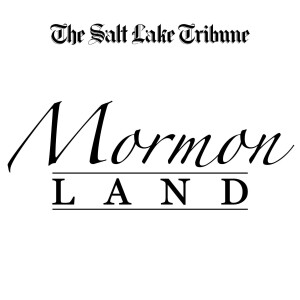
Wednesday Sep 18, 2019
Wednesday Sep 18, 2019
Debbie Cole was sexually assaulted in 1989 at age 19.
Thus began a 30-year emotional and spiritual odyssey for this Irish Latter-day Saint — days of agony, anger, reconciliation, recovery, resolve and reform — all which culminated earlier this year with the passage of “Debbie’s Law,” which allows for tougher penalties for repeat sex offenders.
Cole discusses her journey and how her faith helped see her through it.
Listen here.
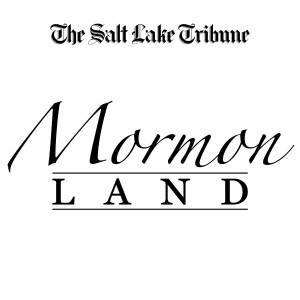
Wednesday Sep 11, 2019
Wednesday Sep 11, 2019
The Salt Lake Tribune just concluded a special three-part series on the challenges Western faiths, including The Church of Jesus Christ of Latter-day Saints, face in Russia — a nation dominated by the Russian Orthodox Church.
One of the biggest — if not the biggest — obstacles is the government’s ban on public proselytizing by these so-called outsider religions. Latter-day Saint missionaries, for instance, are called “volunteers.” Here to talk about the status of Mormonism in Russia is David Stewart, an independent demographer who co-founded The Cumorah Project, which tracks, among other things, Latter-day Saint growth around the world. Stewart also served a mission in Russia. He joins us today from his office in Las Vegas.
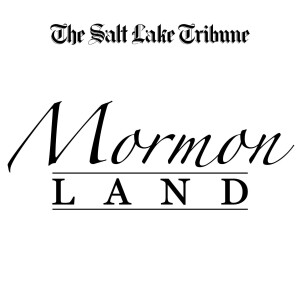
Wednesday Sep 04, 2019
Wednesday Sep 04, 2019
Award-winning KUER reporter Lee Hale said his new religion podcast, called “Preach,” would be a “different kind of faith conversation.”
A two-minute promotion for the show, which debuts Friday, Sept. 6, provides a clue. It begins with Hale briefly describing his time knocking on doors in Minnesota as a Mormon missionary and how, a decade later, he finds his own beliefs are “evolving.”
Yes, Hale is opting to be open about his identity as a Latter-day Saint. He talks about that choice and his podcast, which will focus on, in his words, “the messy middle” of faith on this week’s “Mormon Land.”
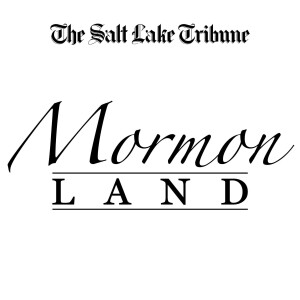
Wednesday Aug 28, 2019
Wednesday Aug 28, 2019
Child-safety advocate Ed Smart recently came out publicly as gay and revealed that he and his wife, Lois, are divorcing.
Such announcements from prominent newsmakers make headlines. But what about the straight spouses left behind? Some say they are the forgotten ones — that when their partner comes out of the closet, they go in.
Lolly Weed knows about this experience personally and professionally. A marriage and family therapist associate, she and her gay husband, Josh, ended their 15-year marriage last year, something they talked about on a previous “Mormon Land."
She returns to this week’s podcast to talk about the challenges these straight spouses face — the heartache, the betrayal, the damage to their self-esteem, the faith trials and, for Latter-day Saints, the reality of a Mormon theology that, in essence, continues to encourage mixed-orientation marriages, no matter how misguided.
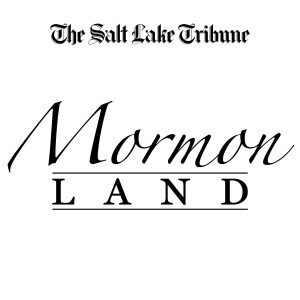
Wednesday Aug 21, 2019
Wednesday Aug 21, 2019
The Tony-winning “Book of Mormon” musical is in Utah’s Zion for the third time, bringing its own brand of raunchy, raucous, yet oddly reverential satire back to the Salt Lake City stage.
But there may be more at play than meets the ear and eye when Elder Price joyously sings about getting his own planet and Elder Cunningham lovingly lies his way to convert after convert in the jungles of Uganda. In fact, Mormonism’s ties to musical theater — both from within the faith and without — run deep.
Jake Johnson, an assistant professor of musicology at Oklahoma City University, explores those connections in his new book, “Mormons, Musical Theater, and Belonging in America.” He shares his insights this week on “Mormon Land.”
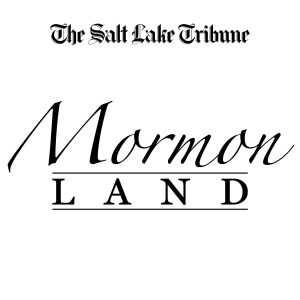
Tuesday Aug 13, 2019
Tuesday Aug 13, 2019
ERA.
Forty years ago, those three initials set off strong conversations and sparked national headlines. The Equal Rights Amendment — the proposed constitutional measure guaranteeing equal legal rights regardless of sex — fell short of ratification among the states.
Now, it’s back, and, by some counts, needs just one more state to reach ratification and become the law of the land.
So where does the church — which vehemently fought the ERA for years — stand on it today? It isn’t saying. When asked earlier this year by The Salt Lake Tribune, the institution declined to comment.
Some advocates say church leaders have told them the faith is now neutral on the issue, emboldening their push for ratification. Anissa Rasheta, a national organizer for Mormons for ERA who is pushing for ratification in her home state of Arizona, discusses the measure — the need for it, the status of the fight and the reception it is getting from today’s Latter-day Saints, young and old, male and female, leaders and laypersons.
Listen here.
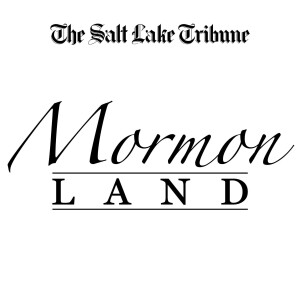
Wednesday Aug 07, 2019
Wednesday Aug 07, 2019
For nearly two decades, Elder Steven E. Snow has served as a general authority for The Church of Jesus Christ of Latter-day Saints.
The past seven or so years, he has been the church historian, overseeing the faith’s history department. During that time, he has led the release of “Saints,” the first in a planned four-volume narrative history of the church, and the production of landmark essays that tackle some of the pricklier points of Latter-day Saint history and teachings.
Snow, who is poised to receive official emeritus status in the coming fall General Conference, talks about his tenure and some of the issues he confronted, including:
• How to explain Brigham Young’s role in the former race-based priesthood ban.
• How to detail the early days of Mormon polygamy and Joseph Smith’s plural wives, including one who was 14.
• The much-publicized news conference showcasing the so-called “seer stone” that historians say Joseph Smith used to translate the Book of Mormon, the faith’s signature scripture.
• His reaction to the controversial 2015 policy on LGBTQ couples and their children, and the subsequent reversal.
• His relationship with former Church Historian Marlin Jensen, a fellow Democrat in a religion dominated by Republicans.
• His commitment to the environment and his hopes for more eco-friendly policies from the faith.
• His excitement over the dynamic changes taking place under church President Russell M. Nelson.
Listen here.
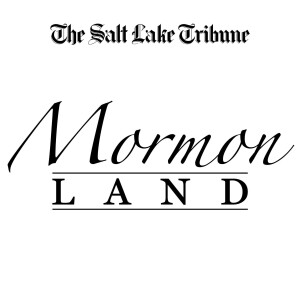
Wednesday Jul 31, 2019
Wednesday Jul 31, 2019
Stories of members walking away from The Church of Jesus Christ of Latter-day Saints are legion. And plenty of books have been written in recent years documenting and addressing the concerns of these disaffected members.
But what can loved ones and leaders still in the faith do to help, to serve, to embrace these onetime believers?
That’s what David Ostler explores in his new book, “Bridges: Ministering to Those Who Question.” A retired business executive, Ostler, who has lived on several continents and has served as a bishop, stake president and mission president, discusses his findings in this week’s “Mormon Land” podcast.
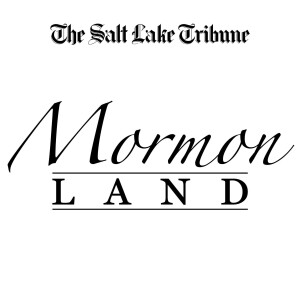
Thursday Jul 25, 2019
Thursday Jul 25, 2019
Russell M. Nelson, president of The Church of Jesus Christ of Latter-day Saints, addressed the NAACP’s national convention this week.
His appearance came in the wake of a new partnership formed between the church and the country’s oldest civil rights organization and a year after the faith celebrated the 40th anniversary of the end of its centurylong ban on blacks holding the priesthood and entering temples.
No, Nelson did not apologize for that prohibition. Such words could have been a powerful moment, said LaShawn Williams, an African American Latter-day Saint and an assistant professor of social work at Utah Valley University. But actions count for something, too.
So what did this event signify, and what is the state of race relations within the Utah-based faith?
Williams addresses those questions and more.
Listen here:
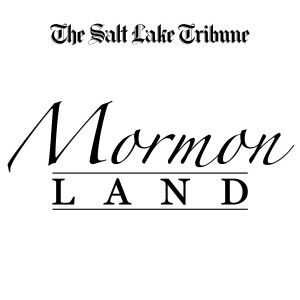
Wednesday Jul 17, 2019
Wednesday Jul 17, 2019
It has been almost a year since Russell M. Nelson, president of The Church of Jesus Christ of Latter-day Saints, launched his push to get members, the media, scholars and others to stop using the nicknames “Mormon” and “LDS” when talking about the faith and its followers.
Since that time, the Utah-based church has made a number of changes. Some have been high profile, renaming the renowned Tabernacle Choir, for one; others have been less noticeable, like rejiggering website domains.
Historian Matt Bowman, the newly installed Howard W. Hunter Chair of Mormon (there’s that word again) Studies at Claremont Graduate University shares his thoughts on the progress of this sweeping campaign.

More Mormon Land
There's more to "Mormon Land" than just the podcast. You can get access to episode transcripts, Tribune faith stories and more on Patreon.
Sign up for the free weekly Mormon Land newsletter to get the latest happenings about the church from around the world.
And follow Mormon.Land on Instagram.







